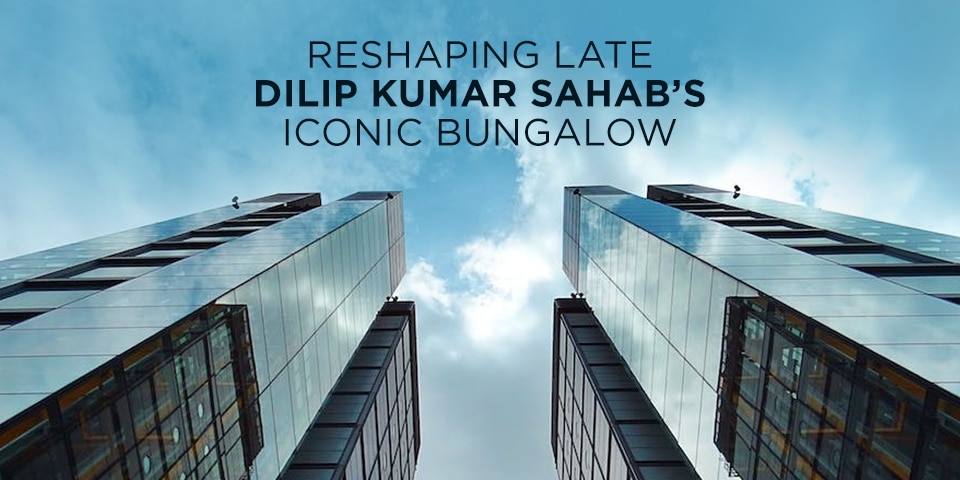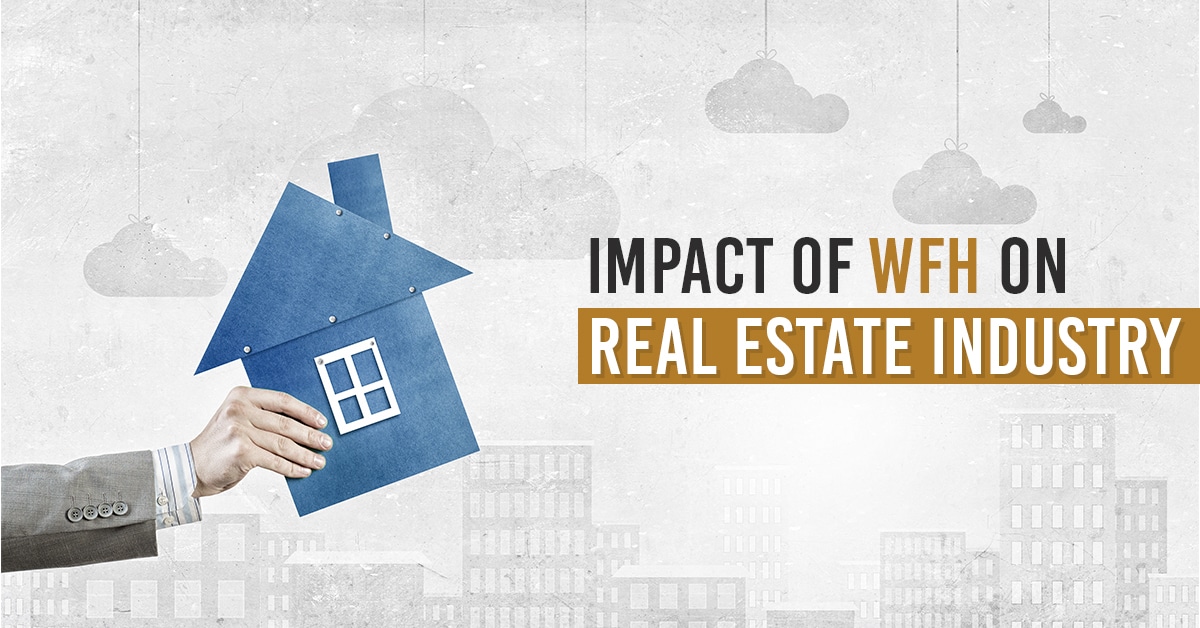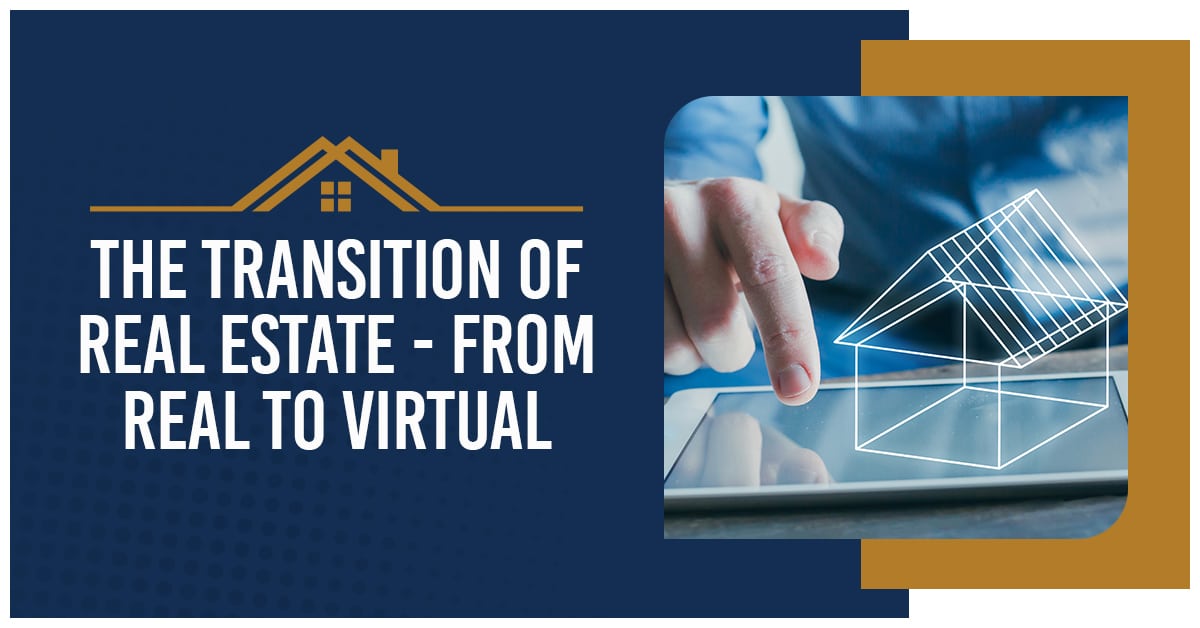In the heart of Mumbai’s illustrious Pali Hill, a cherished legacy is embarking on a remarkable evolution. The iconic bungalow that once cradled the legendary actor late Dilip Kumar Saab is poised for an extraordinary transformation into a high-end residential masterpiece by Ashar Group.
In this blog we delve into some of the finer points of this grand project, where timeless elegance meets modern luxury.
A Legacy Transformed: The Story Unveiled
The sprawling half-acre land, situated in the upscale Bandra suburb, is set to become an 11-storey haven of opulence. The construction area, spanning an impressive 1.75 lakh square feet, will soon give life to a luxury residential tower that pays homage to the late actor’s enduring legacy.
Crafting a Landmark: From Blueprint to Reality
Our masterful touch is turning architectural blueprints into a living masterpiece. Construction has already commenced. This ambitious venture promises not just luxurious residences, but a symphony of design and sophistication that redefines modern living.
A Vision Fulfilled: A Glimpse into the Future
As the construction progresses, the transformation of the iconic Pali Hill bungalow into a luxury residential tower and museum continues to honour Dilip Sahab’s lasting legacy.
Join us as we uncover the essence of this ambitious endeavor, where past, present, and future converge in a harmonious symphony of luxury, culture, and heritage.
Read More here





